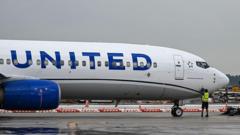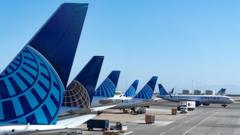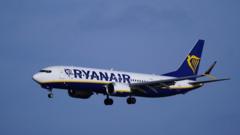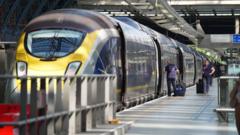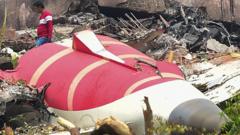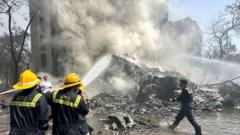United Airlines has recently seen a huge disruption in its operations due to a sudden technical malfunction, resulting in extensive delays for passengers at various major airports across the United States. The airline implemented a ground stop that impacted flights from key departure hubs including Chicago, Denver, Houston, San Francisco, and New Jersey.
At approximately 10:00 PM EDT on Wednesday (02:00 GMT Thursday), United announced that flights were no longer grounded, although disruptions continued as they worked to normalize operations. The airline confirmed that they had resolved the underlying technology issue, but residual delays were expected. According to flight tracking site FlightAware, over 700 United flights had been impacted by 9:00 PM EDT (02:00 BST).
Passengers who were already airborne during the suspension were permitted to continue on their routes unhindered. While regional flights initially remained unaffected, the company cautioned that ensuing traffic congestion may lead to delays for these as well. One frustrated passenger, Jessica Jeffers, recounted to CNN her experience of being stuck on a plane in Denver for two hours, waiting to reach Newark, New Jersey. "It's been pretty rough over here," she stated.
Numerous travelers took to social media to express their discontent while trapped on the tarmac for hours in anticipation of updates. The BBC's US partner, CBS News, reported that United was categorizing this incident as a preventable delay, pledging to cover specific expenses for affected passengers. Transportation Secretary Sean Duffy noted that the issue was unrelated to the overall air traffic control system in the US, indicating that the malfunction was an isolated incident rather than a broader concern.

